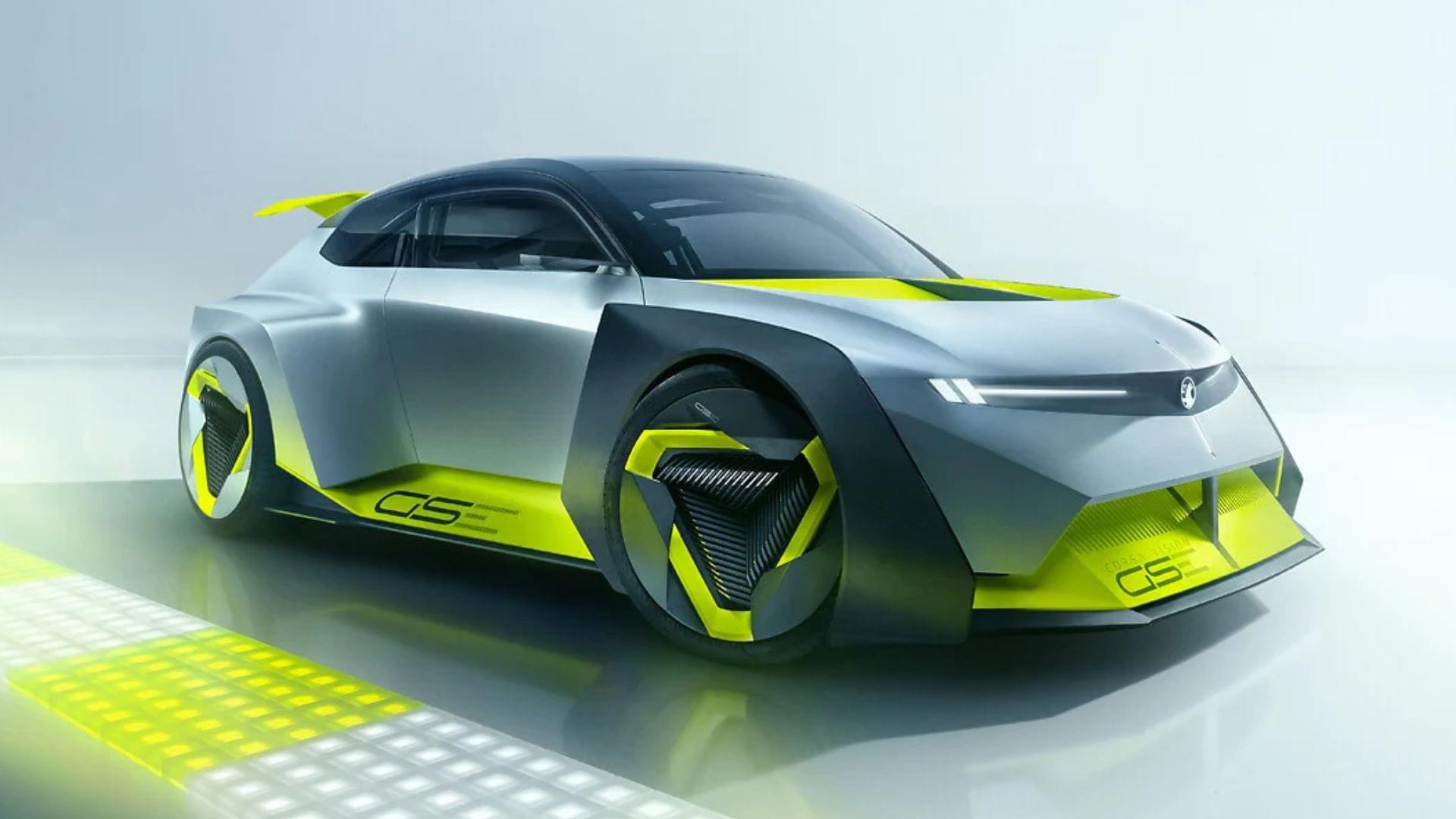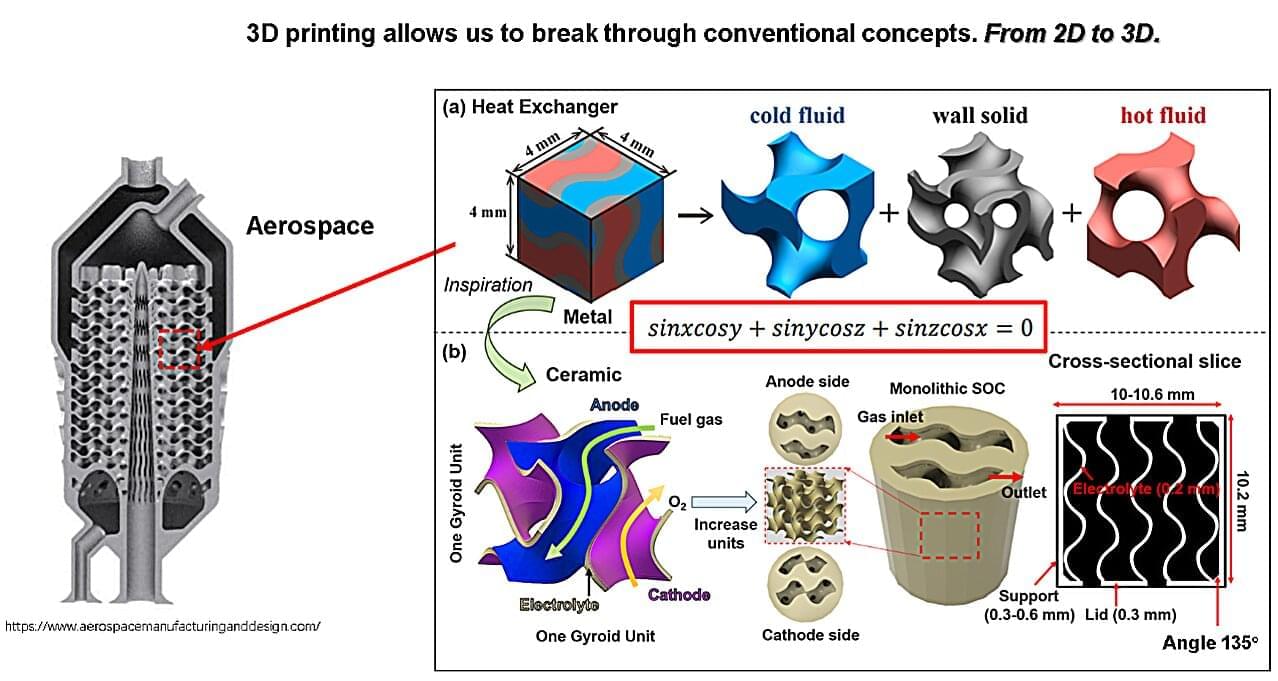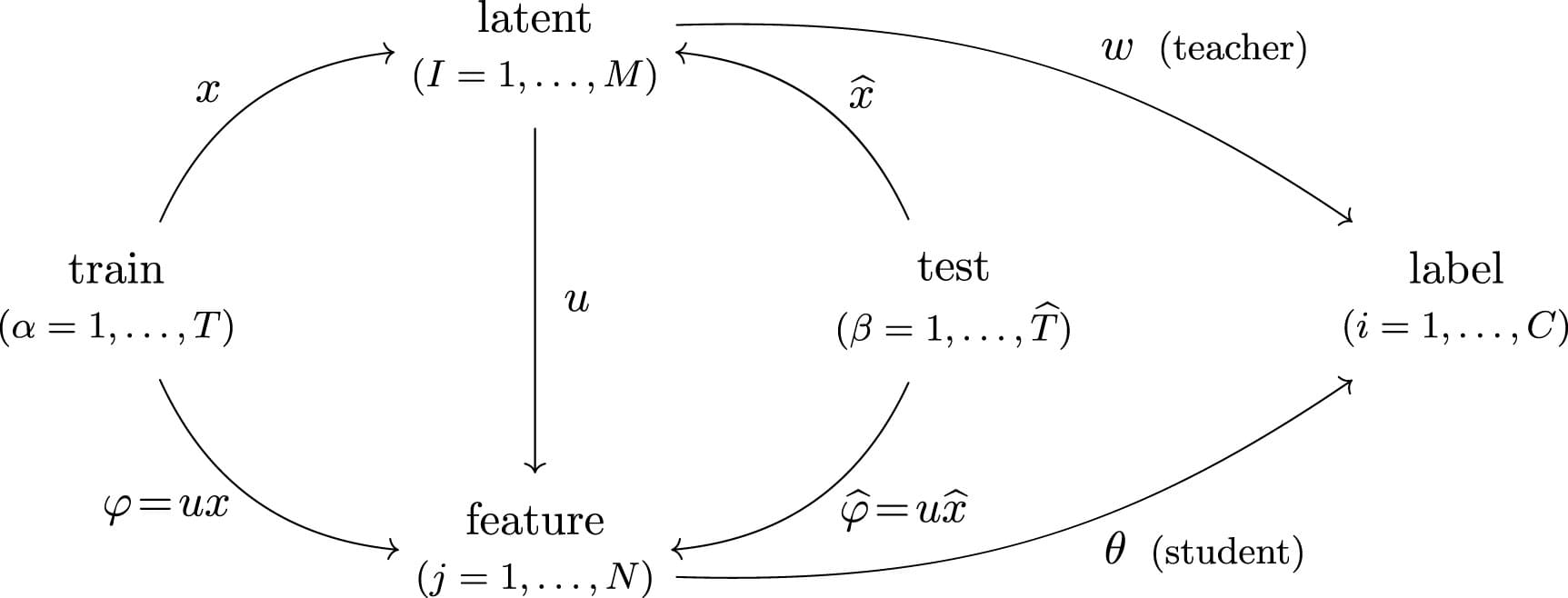Questions to inspire discussion.
🚕 Q: What real-world application of Tesla’s FSD technology is currently operating? A: Tesla Road, a robo taxi service in Austin, Texas, allows paid customers to ride in Teslas that are literally driving themselves, demonstrating Tesla’s FSD supervised technology in action.
🛻 Q: How are Cybertruck owners responding to their vehicles? A: Cybertruck owners, including celebrities Theo Von and Kat Williams, describe their vehicles as unique experiences that feel like “driving in the future”, forming a small but enthusiastic group.
💰 Q: What financial challenge is Rivian facing in the EV market? A: Rivian faces a $100 million deficit due to the Trump administration’s rollback of fuel economy standards, compounded by high price points and lack of profitability per vehicle, making it difficult to compete with Tesla.
🤝 Q: What recent partnership has Honda formed for autonomous driving development? A: Honda and Helm AI have entered a multi-year joint development agreement to accelerate Honda’s Navigate on Autopilot system for highway and urban autonomy, though it’s not full autonomy and requires constant driver attention.
Media Coverage of Tesla.




